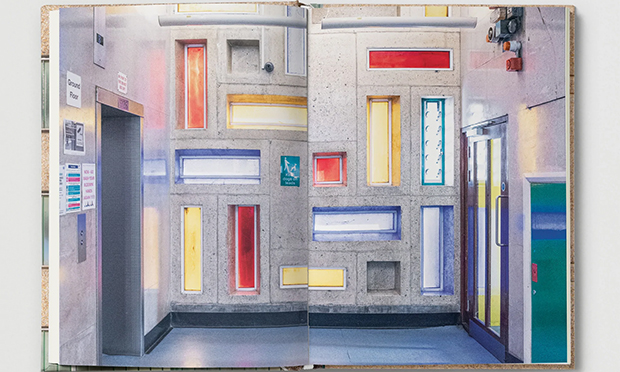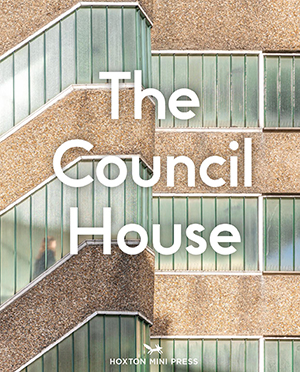The Council House, Jack Young, book review: ‘A celebration of the beauty of London estates’

Spread from The Council House. Image: Jack Young / Hoxton Mini Press
Arts & Crafts. Modernism. Brutalism. Council houses have their origins in the 19th century, but they started to sprout up in numbers after the Housing Act 1919, with a further uptick in construction after the Second World War.
In London, they peppered areas that had suffered most from German bombs, giving many residents their first taste of such luxuries as central heating and indoor toilets, and affording metropolitan neighbourhoods an unusual degree of social heterogeneity.
The 1980s was a time of residential rejigging, when Margaret Thatcher unleashed a wave of property speculation by allowing council tenants to purchase their flats and sell them onto the market. The result was a dramatic reduction in the availability of social housing, which local authorities have only recently begun to get to grips with.
The council blocks themselves have nevertheless remained largely unchanged. Many have been refitted with secure entrances and double-glazing, a few have been recladded, and some have been demolished altogether. But for the most part their form is what they were when newly built and they are an integral part of what London is.

The Council House cover. Image: Jack Young / Hoxton Mini Press
Jack Young’s volume The Council House depicts 68 of the capital’s blocks in photos, alongside quotes from residents about why they value in their homes. The book is a celebration of the beauty of London estates and also their huge variety.
We discover bucolic Lillington Gardens in Pimlico – an agglomeration of house-sized chunks with plants hanging off balconies and gardens all around.
Very different is soaring Trellick Tower in Kensington & Chelsea with its striking modernist curves and colourful trim. This was the first post-war social housing project to receive listed status, and it now boasts a concierge.
And then there are the reinventions. Parsons House in Westminster was given a makeover in 1988 when its original Brutalist exterior was replaced with aluminium cladding and eye-catching red lattice work.
Hackney blocks we visit include Fellows Court in Haggerston, described in a recent estate agent listing as “a rare British example of Le Corbusier’s principles for L‘Unité d’Habitation.”
Also featured is nearby Arden Estate with a very different aesthetic – low-rise red brick fitted with a distinctive round exterior rubbish chute.
Discussion of London’s social housing woes tends to focus on quantity and price – we need more and we need cheaper.
The Council House is a salutary reminder of the qualitative variety and splendour of so much of our existing stock.
The Council House by Jack Young is published by Hoxton Mini Press. ISBN: 978-1-914314-16-2. RRP: £18.95.
